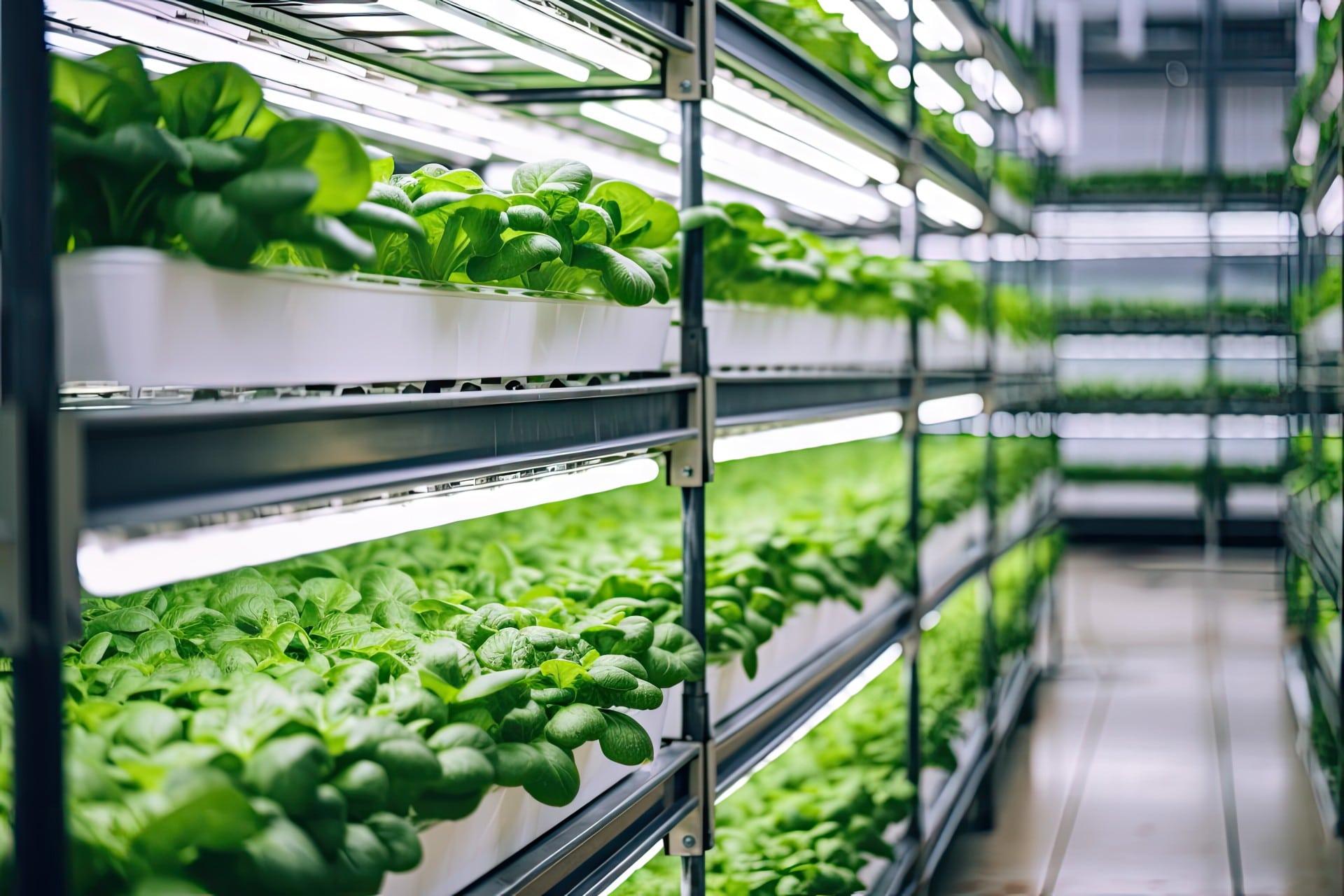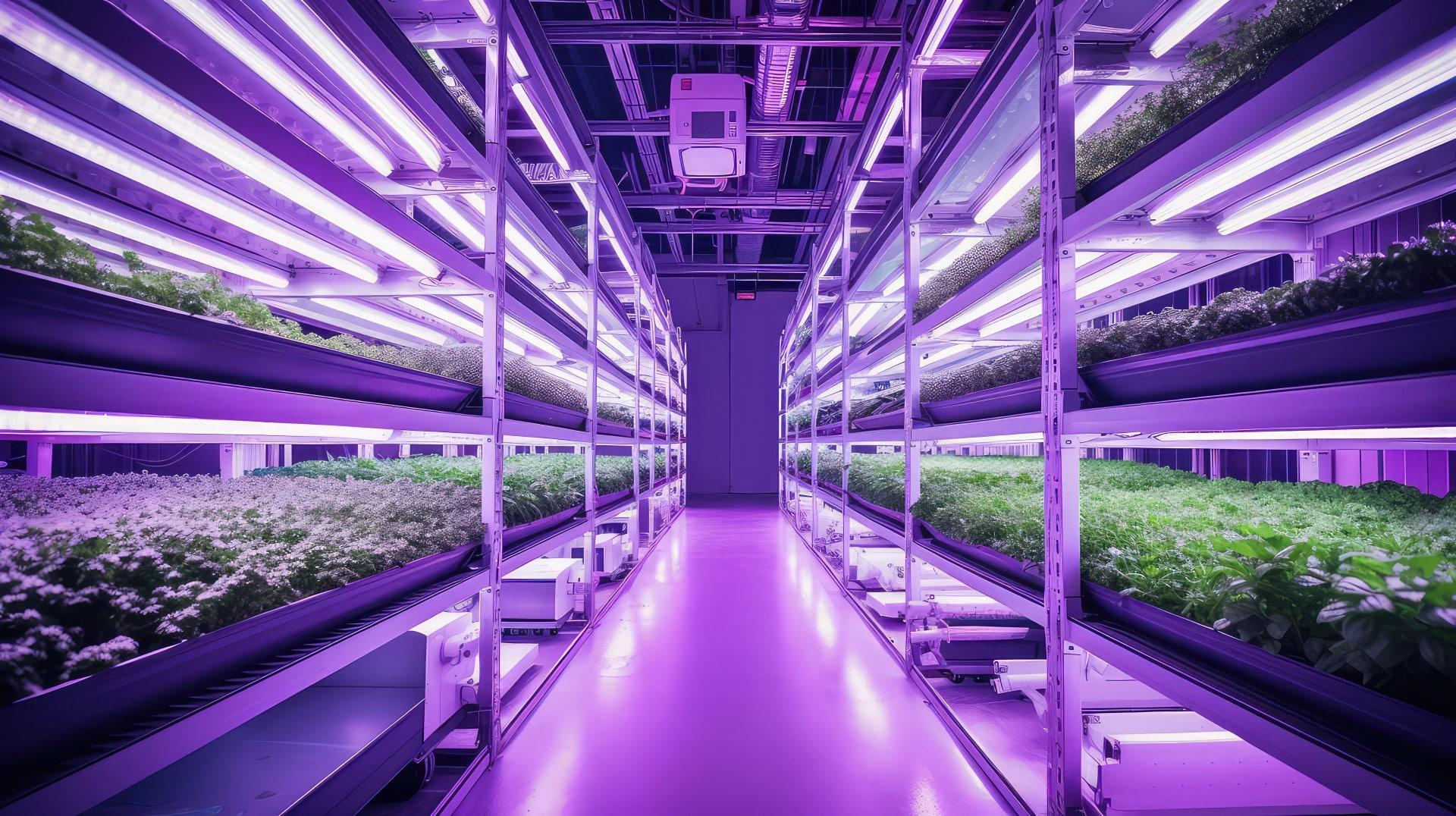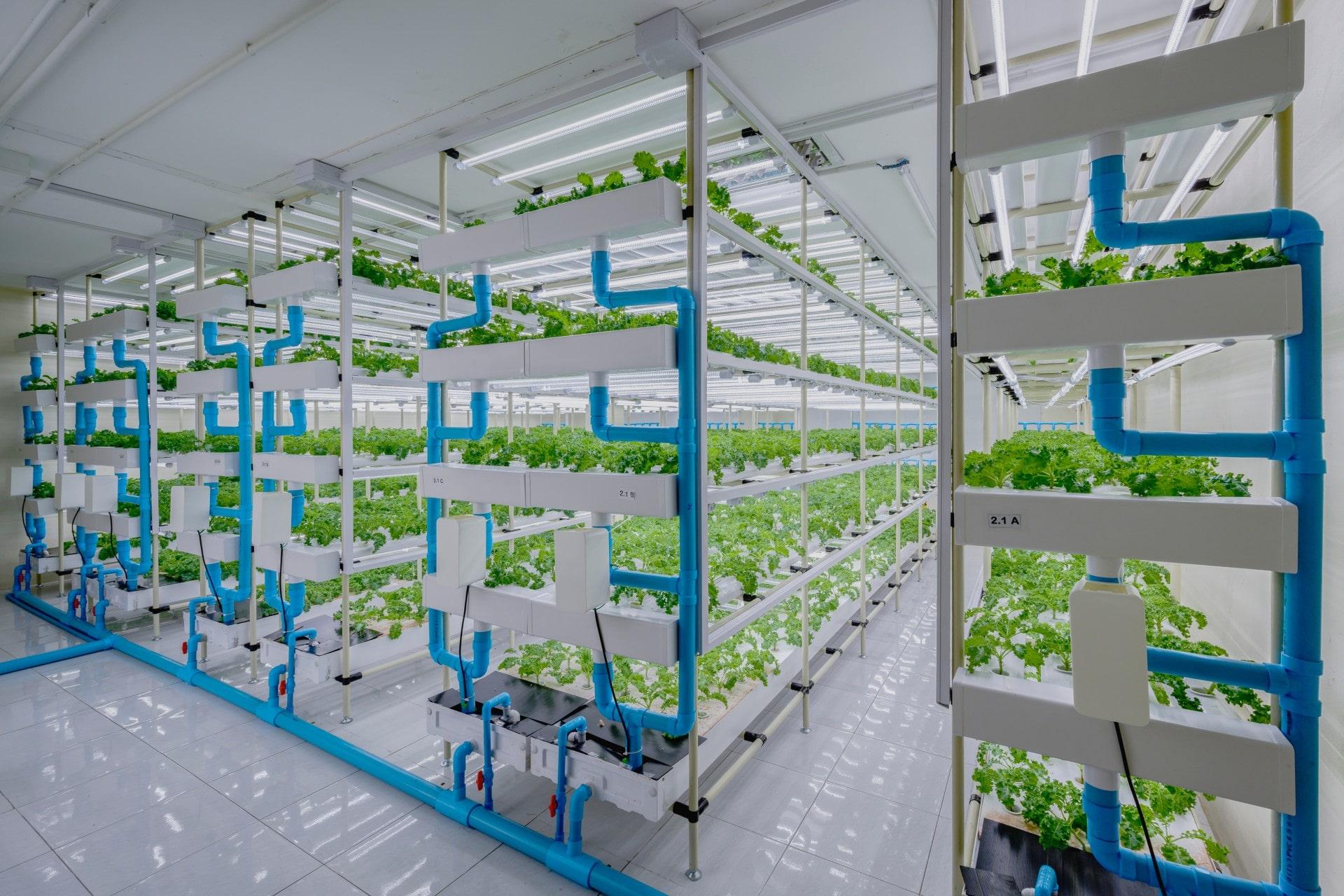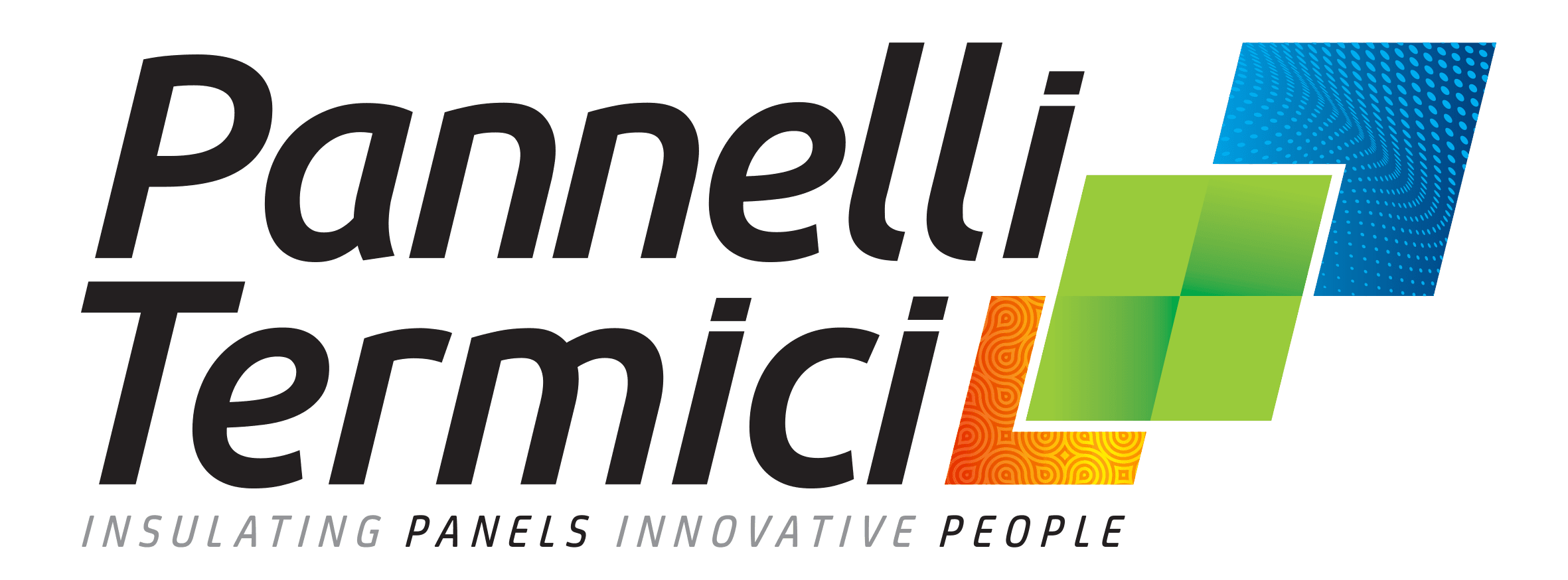Vertical Farms: definition and guidelines
Vertical farms: definition
The vertical farms represent an advanced approach to urban agriculture, characterized by the use of multilayer vertical structures for cultivating crops in controlled environments. These facilities utilize hydroponic or aeroponic systems to provide nutrients to plants without the use of soil. Climate management is often highly controlled, employing technologies such as custom spectrum LED lighting and regulation of temperature and humidity.
Automation is a key element, with robotic systems handling seeding, cultivation, and harvesting. Vertical farms aim to maximize space efficiency, reduce water consumption, minimize environmental impact, and ensure sustainable food supply in urban areas.


Designing vertical farms requires attention to various requirements, especially for walls and ceilings, which directly influence operational efficiency and crop growth. Here are some key requirements:
- Thermal and Energy Insulation: Using efficient insulation materials for walls and ceilings is essential to maintain a thermally stable environment. This helps reduce heat loss and minimize energy consumption required for heating or cooling.
- Hypoallergenic and Food-Safe Materials: Given food production, materials used must comply with relevant regulations. Hence, materials that could release harmful substances when in contact with food or lead to mold and rust formation inside cultivation chambers should be avoided.
- Moisture Resistance: Given the often-present atmospheric conditions in vertical farms, it's crucial for walls and ceilings to be constructed with moisture-resistant materials to avoid structural damage and issues related to constant humidity in the air.
- Environmental Sustainability: The use of eco-friendly materials and adoption of sustainable construction practices contribute to reducing the overall environmental impact of vertical farms.
Careful consideration of these requirements in the design of walls and ceilings will help create an optimal controlled environment for plant cultivation in vertical farms, ensuring both operational efficiency and long-term sustainability.


Guidelines for Vertical farms
At the European level, the EN 1672-2:2005 standard is followed, providing detailed guidelines for the hygienic design of food equipment, including the walls and ceilings of environments where food is processed.
Another important regulatory reference is EN 12463-1:2002 which deals with the general performance of industrial doors, including doors for food processing environments.
Why Invest in a Vertical Farm
Sandwich panels with fiberglass skins play a crucial role in the design of vertical farms. Thanks to their lightweight, strength, and insulating properties, these panels offer an excellent solution for walls and ceilings of these delicate environments. The fiberglass, combined with the extruded polystyrene core of Thermodular panels that does not absorb moisture, provides thermal insulation and ensures a stable and controlled environment for cultivation, unaffected by high humidity levels.
The use of these panels contributes to creating optimal conditions for plant growth, improving overall energy efficiency, and allowing precise control of environmental variables in vertical farms.


